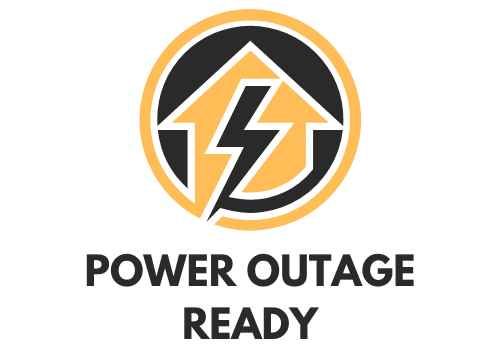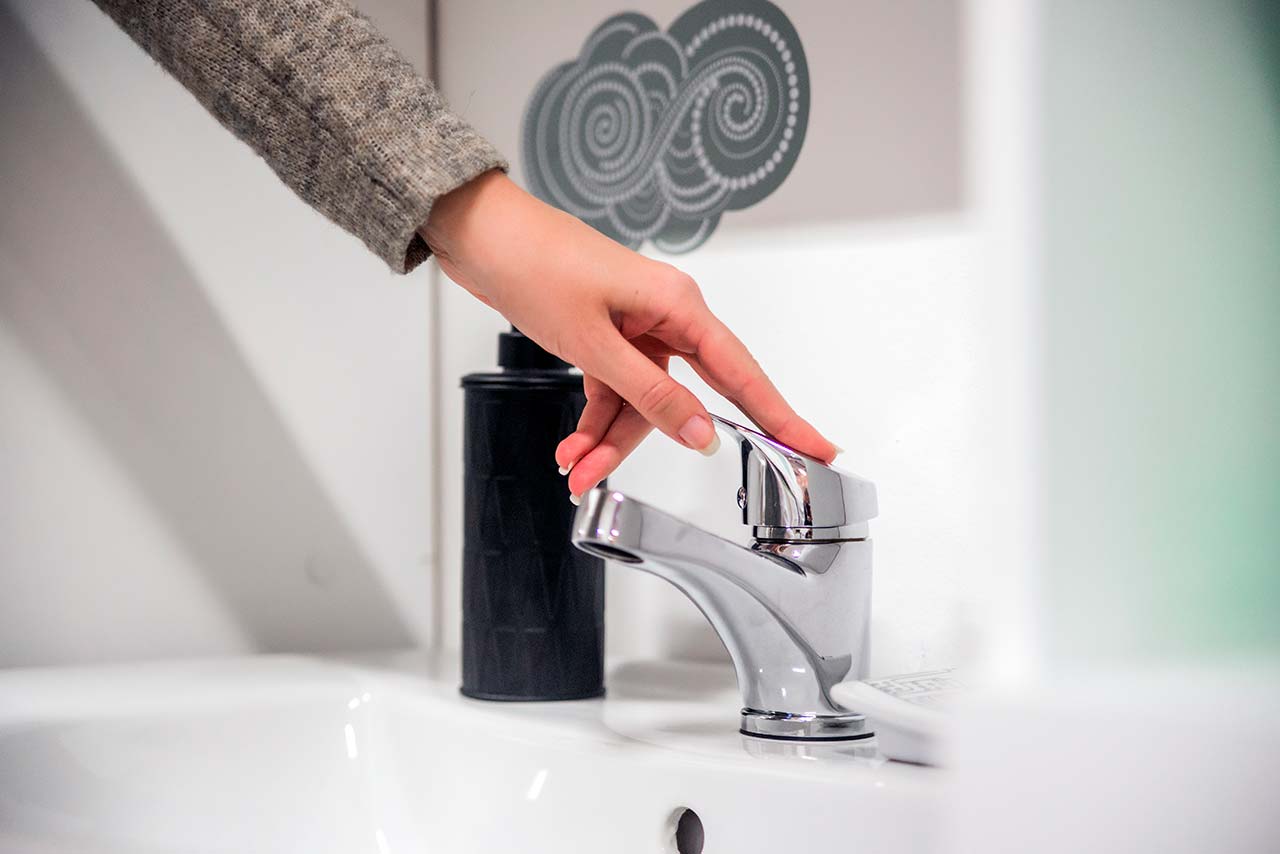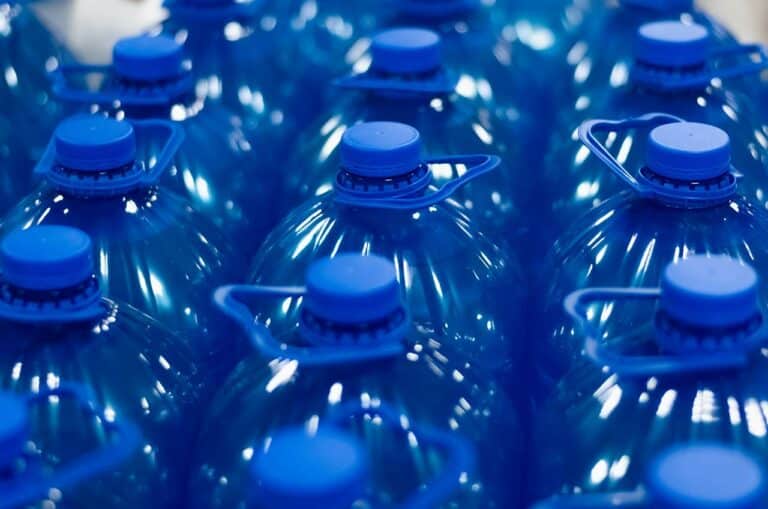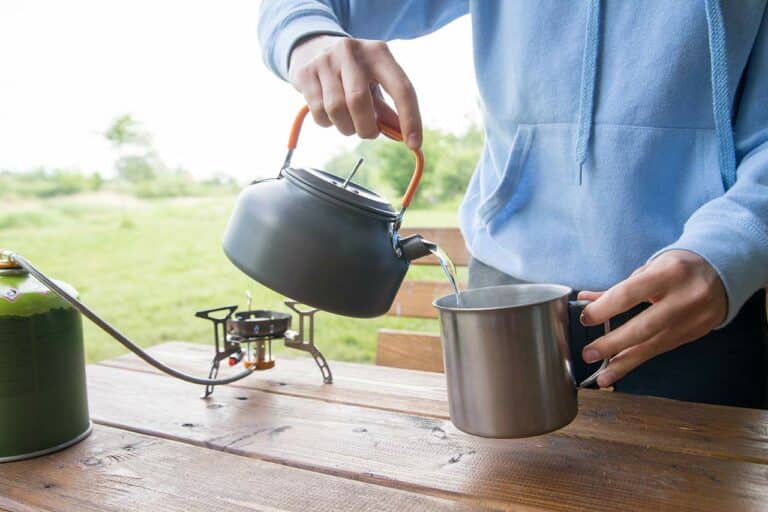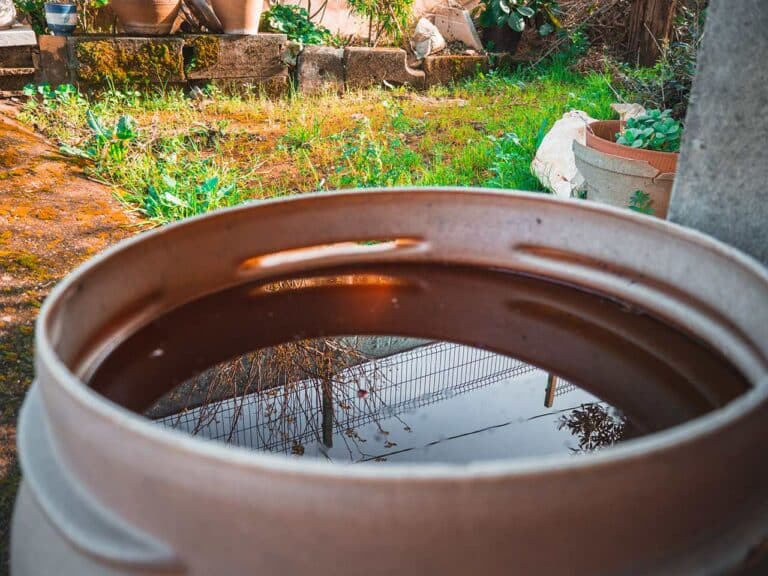No Water After Power Outage? Here’s What To Do
Experiencing a power outage can be frustrating, especially when it affects your water supply. This is a common issue for those relying on well pumps to provide water to their homes. Well pumps are electrically powered, so when a power outage occurs, they can’t continue to operate without some sort of backup power source. As a result, the water supply may be disrupted.
During the power outage, the pressure in your system may also drop, causing the low-pressure switch to shut off, further complicating the situation. To ensure you can get your water back up and running after a power outage, it’s essential to understand how to troubleshoot and reset your well pump and pressure tank to restore your water supply once the power is back on.
Fortunately, resetting your well pump after a power outage is often a straightforward process. You can probably handle it on your own.
Checking and Resetting The System
While those with well water are most likely to face disruptions to their water supply during a power outage, it can actually happen to any of us. No matter how you get your water, this first step is useful post-power outage to get your water supply pumping again. The other checks here are well-specific.
Inspect Circuit Breakers
First things first, you need to check your circuit breakers. Breakers can trip during a power outage, so look for any that are in the “off” position. If you spot any, flip them back on. The tripped breakers could be those that control your well pump or other water devices, like your hot water heater or water softener.
Fix Pressure Switch and Gauge
Now, let’s tackle the pressure issues. If there’s no water after a power outage, and you have well water, the problem is often with the pressure switch or pressure gauge. Here’s what you need to do:
- Locate the pressure switch: You’ll find this near your well’s pressure tank. It’ll typically have a gray plastic cover.
- Check the pressure gauge: Note the current pressure, which should be between the low and high settings, typically between 20 and 35 psi and 40 and 60 psi, respectively.
- Reset the pressure switch: If your pressure gauge is below the low setting, you’ll need to reset the switch. To do this, turn off the power to the switch, and then turn it back on after a couple of minutes.
- Monitor the pressure gauge: Keep an eye on the pressure gauge as the pressure increases. If it’s reaching the correct pressure but your water supply remains turned off, something else has gone wrong and you’ll need to do some more troubleshooting.
Prime the Pump
After a power outage, your well pump may need priming. Priming is the process of adding water to the suction pipe and pump body to remove air from the system. To prime your pump, follow these steps:
- Locate the priming port, typically near the pressure switch or on the pump body itself.
- Shut off the power supply to the pump and disconnect any hoses.
- Open the priming port and pour clean water into it until the suction pipe and pump body are full.
- Close the priming port and reconnect any hoses.
- Turn on the power supply to the pump and watch the water level. If the pump is properly primed, it should begin drawing water from the well.
Keep an eye on the water level; if it drops, repeat the priming process until the pump is functioning correctly.
Cleaning the Well Water
Clean water is essential, and after a power outage, your well water might need some attention. Here’s how to clean your well water once it comes back on:
- Inspect your well for any visible damage or debris. Remove debris if necessary.
- Check your water level and ensure it’s normal. If the water level is low, wait for it to replenish before proceeding.
- Examine your sediment filter and replace it if it’s clogged with dirt or debris.
- Flush your well by running water through all your faucets for several minutes. This helps to remove any stagnant water and sediment from the system.
- Regularly test your well water for contaminants and bacteria.
Plumbing Concerns Post Power Outage
When the grid goes down, it’s not just the lights and appliances that are affected; even your plumbing can take a hit. Let’s talk about getting things back up and running after an outage, appliance by appliance.
Recovery of Appliances
Sump pumps: Many sump pumps have backup batteries that keep them running during a power outage. This is a good thing since many outages are caused by storms. But when sump pumps do stop working during an outage, it can lead to some gnarly issues, like flooding in the basement. It can also flood the sump pump. After an outage, you’re gonna want to check a sump pump that’s been underwater to make sure it’s functioning properly.
Water heaters: During a power outage, your water heater is likely gonna be out of commission, but once the power’s back on, you should be able to use it again. Just give it a few hours to heat the water up. And, if for some reason it doesn’t come on, you’ll probably want to call in a pro to see what went wrong.
Dishwashers and washing machines: Standard appliances should be good to go once you’re water is back on. If they don’t seem to be working properly, it’s likely a water pressure issue. While it’s rare, power outages can cause a lot of issues, including ones with your pipes.
Challenges and Solutions in Water Flow
After a power outage, or even during, you may notice some differences in the water flow in your home or building. More specifically, it may seem very weak. A couple of things can lead to this, and, unfortunately, not all of them have simple solutions.
Gravity: Friend or Foe?
Gravity can either help or hinder water flow during a power outage. If you live in a multi-story building, water pressure relies on gravity to push water through the pipes going down, but most multi-story buildings use a water pumping system to push water up. If you’re on a higher floor, you might get some water flow for a minute, but it won’t last very long. More likely, you’ll lose water as soon as you lose electricity.
Solution? Not much you can do but wait it out. That’s why it’s important to have a good supply of fresh water on hand.
Clog Concerns
Without power, your plumbing system’s ability to clear clogs becomes limited. This makes clogs more likely. The water may still run, but clogs can create a serious issue for using sinks, showers, and even toilets.
Solution? Keep a few clog-clearers on hand, like plungers, natural drain cleaners, and drain snakes. Also, don’t underestimate the power of a baking soda and vinegar volcano to get things moving again.
Bathroom Plumbing Post Power Outage
During a power outage, several plumbing fixtures in your bathroom may stop working, even those not directly connected to the electricity. This is because some machines at municipal water plants use electricity to operate, and if a power outage drags on, they may cease to function properly, shutting off the water supply
You should still be able to use the toilet, for instance. Toilets will flush as long as the water’s on or there’s water in your reservoir tank (for wells). But, after a while, you might need to manually flush by pouring water directly into the bowl. This is when a good supply of non-potable water, like rainwater, comes in very useful.
Your bathroom faucet, on the other hand, may not function for very long. This is due to residual pressure in the pipes. If the power outage is extensive, the water pressure could eventually drop, limiting your ability to use the faucet. In such cases, it’s essential to conserve water for drinking and other essential uses, like hygiene and cooking. As a rule of thumb, try to use your water supply as sparingly as possible during power outages.
Remember, water supply can be affected by the power outage, so it’s essential to have an emergency water supply on hand for such situations. Should a power outage occur, staying prepared and knowing how to utilize your resources effectively can greatly alleviate the inconveniences you might face in your bathroom. Just be sure to conserve water wisely and have backup supplies at the ready.
